Commenti / Domande (195)
![]() Cinzia ha scritto:
Cinzia ha scritto:
Buongiorno, come mai a me per la taglia 12/18 mesi non mi risultano 76 punti sul ferro ma 56 (39-16+5+7+21=56)? Dove ho sbagliato? Mi spiegate anche Dove va il segnapunti in questo passaggio? Ora ci sono 64-72-76 (88-100) m. sul ferro. Inserire qui un segnapunti – ORA MISURARE IL LAVORO DA QUI. Continuare come prima fino a quando è stato lavorato 1 cm dal segnapunti
28.02.2025 - 00:40DROPS Design ha risposto:
Buonasera Cinzia, le 5 maglie aumentate per la manica vanno ripetute per 5 volte, per cui 39-16 + (5-5) + 7 + 21 = 76 maglie. Buon lavoro!
02.03.2025 - 23:38
![]() Cinzia ha scritto:
Cinzia ha scritto:
COLLO A V: Lavorare 2 f. a m. legaccio avanti e indietro sulle 6 m. del bordo davanti all’inizio del f. (non lavorare le altre m. sul f.).....Per favore mi può spiegare come faccio a lavorare solo le 6 maglie del bordo senza lavorare quelle dopo? Grazie
25.02.2025 - 01:05DROPS Design ha risposto:
Buongiorno Cinzia, in quel punto si lavora a ferri accorciati, ciò significa che non si lavora su tutte le maglie del ferro, ma solo su quelle indicate. In questo caso lavora su 6 maglie, poi gira il lavoro e torna indietro. Buon lavoro!
28.02.2025 - 15:21
![]() Cinzia ha scritto:
Cinzia ha scritto:
Vorrei far notare che per la parte davanti le 39 maglie non coincidono con le maglie necessarie per la tasca di 16 maglie più il bordo di 6 maglie più le 22 iniziali più 10 dopo la tasca perché ci vorrebbero molte più maglie. Ci deve essere un errore da qualche parte, fatemi sapere grazie.
13.02.2025 - 14:38DROPS Design ha risposto:
Buonasera Cinzia, le 16 maglie della tasca fanno parte delle 22 maglie appena lavorate. Buon lavoro!
13.02.2025 - 22:14
![]() KATHYY ha scritto:
KATHYY ha scritto:
I don't understand how the back is made on this sweater if you put the stitches from knitting the front & back on the needles but you cast on stitches that = neck line in back of neck, where is the backstitches. really confused. Do you have a diagram of the back ?
09.01.2025 - 00:22DROPS Design ha risposto:
Dear Kathyy, the back piece is worked top down, first work the stitches from right front piece then cast on new stitches for neckline on back piece and work the stitches from left front piece; you will then cast off stitches for sleeves and continue down to the bottom edge. Happy knitting!
09.01.2025 - 17:46
![]() Ann M Donaldson ha scritto:
Ann M Donaldson ha scritto:
I’m confused about starting the back piece. Should I use a separate ball of yarn for it? I understand that I start either at sleeve cuff and work across but Don understand how casting on new stitches for back should be worked in.
11.12.2024 - 03:13DROPS Design ha risposto:
Hi Ann, You cast on for the back piece between the 2 front pieces. So, yes, you need to cut the working strand after working the left front piece, start the new row on the right front piece, working from the right side, then cast on stitches for the back piece at the end of the row, and finally work the left front piece from the right side. Hope this helps and happy knitting!
11.12.2024 - 06:17
![]() E Galvin ha scritto:
E Galvin ha scritto:
6-9months size: why are the 2 fronts so much WIDER than the back - even though the stitch count as correct according to the pattern. It doesn't look right at all
11.10.2024 - 22:57DROPS Design ha risposto:
Dear E Galvin, take into account that you work the front pieces from the bottom up and the back piece from the top down. If you compare, the 35 stitches for each front piece at the beginning (lower edge), minus the 12 edge stitches, are 58 stitches, which are similar to the 56 stitches at the bottom edge of the back piece (at the end of the pattern). Meanwhile, at the top of the piece, the front piece has a lot of stitches because it's also including the sleeve stitches, while the neck at the back is only for the back piece. Happy knitting!
13.10.2024 - 22:41
![]() Isabelle ha scritto:
Isabelle ha scritto:
C’est encore Isabelle et le modèle ME-031-by. Je ne comprends c’est phrase « M2A sur 160 m suivantes, M2B(=4m). Continuer ainsi et en même temps diminuer dans M2. Après M2 il reste 89 mailles. » Si je suis le diagramme j’ai 23 rangs en M2A à faire et j’aurais diminuer de 80 mailles et par la suite 23 rangs de M2B et 60 mailles de moins donc il me resterait 28 mailles en comptant les 2 bordures au point mousse. J’espère avoir été assez claire, merci à l’avance
03.05.2024 - 18:29DROPS Design ha risposto:
Bonjour Isabelle, au début de l'empiècement vous tricotez les 172 m ainsi: 4 m point mousse, 20 fois les 8 m de A.2A, les 4 m de A.2B et 4 m point mousse; quand les diagrammes sont terminés, vous avez ainsi: 4 m point mousse, 20 x 4 m dans chaque A.2A, 1 m de A.2B et 4 m point mousse soit 89 mailles. Bon tricot!
06.05.2024 - 07:43
![]() Isabelle ha scritto:
Isabelle ha scritto:
Je veut réaliser le modèle # ME-031-by Que signifie M1. Dans la réalisation de la manche. Que voulez-vous dire lorsque vous demandez d’augmenter 2 m xsous la manche.
22.04.2024 - 20:40DROPS Design ha risposto:
Bonjour Isabelle, M.1 correspond au nom du diagramme à tricoter, en bas de page de ce modèle, vous trouverez tous les diagrammes correspondant aux motifs à tricoter. Les manches se tricotent en rond, vous allez augmenter 1 maille à la fin du tour + 1 maille au début du tour = 2 mailles au milieu sous la manche. Bon tricot!
23.04.2024 - 07:58
![]() Riki Ferreira ha scritto:
Riki Ferreira ha scritto:
Hi, I have downloaded the pdf pattern, but I can't find the instruction for a 3-6 month old baby? The pattern has these sizes: how do I work out the size for a baby who is between 3 and 6 months Size: 1/3 - 6/9 - 12/18 months (2 - 3/4) years
09.04.2024 - 08:24DROPS Design ha risposto:
Dear Mrs Ferreira, this pattern is only available either in size 1/3 months or in size 6/9 months; measure a similar garment you'd like for the jacket and compare these to the chart at the bottom of the page to find out the best matching size - read more here. Happy knitting!
09.04.2024 - 09:03
![]() Riki Ferreira ha scritto:
Riki Ferreira ha scritto:
Where do I get the pattern for Checco's Dream baby jersey with seamless sleeves for a 3-6 month old boy?
08.04.2024 - 16:16DROPS Design ha risposto:
Dear Riki, if you want to download the pattern, please click on the printer icon, just above the line that says "Instructions" and that will give you the PDF. Happy Knitting!
08.04.2024 - 16:43
Checco's Dream#checcosdreamcardigan |
|||||||
 |
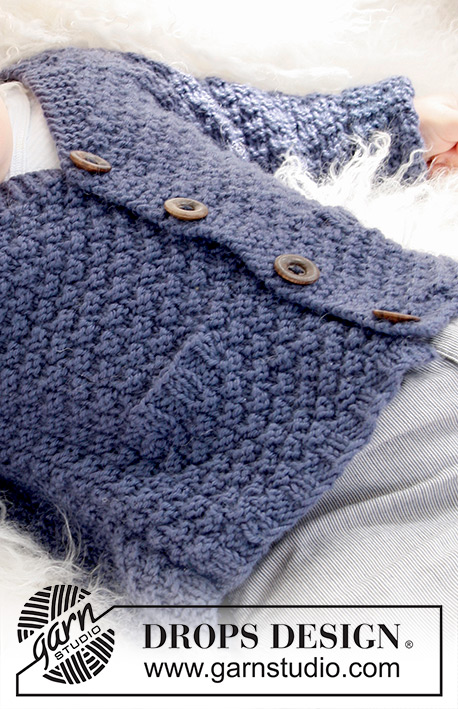 |
||||||
Cardigan lavorato ai ferri con maniche senza cucitura a grana di riso per neonati e bambini in DROPS Merino Extra Fine.
DROPS Baby 21-11 |
|||||||
|
MAGLIA A LEGACCIO (avanti e indietro sui ferri): lavorare a dir. tutti i f. MOTIVO: Vedere il diagramma M.1 – il diagramma mostra il motivo dal diritto del lavoro. ASOLE: Intrecciare per le asole sul bordo davanti destro 1 asola = lavorare insieme a dir. la 3° e la 4° m. dal bordo e fare 1 gettato, sul f. successivo lavorare il gettato a dir. Intrecciare per le asole quando il lavoro misura: Taglia 1/3 mesi: 2, 6, 11 e 15 cm. Taglia 6/9 mesi: 2, 7, 12 e 16 cm. Taglia 12/18 mesi: 2, 8, 13 e 19 cm. Taglia 2 anni: 2, 7, 12, 17 e 22 cm Taglia 3/4 anni: 2, 8, 13, 19 e 24 cm SUGGERIMENTO PER LE DIMINUZIONI (applicato al collo a V): Tutte le diminuzioni sono fatte dal diritto del lavoro! DIMINUIRE DOPO LE 6 M. PER IL BORDO DAVANTI COME SEGUE: Quando la 1° m. dovrebbe essere una m a dir.: passare 1 m. a dir. senza lavorala, 1 m dir., accavallare la m. passata sopra quella appena lavorata. Quando la 1° m. dovrebbe essere una m a rov.: lavorare 2 m. insieme a rov. ritorto (cioè lavorarle nel filo dietro anziché in quello davanti). DIMINUIRE PRIMA DELLE 6 M. DEL BORDO DAVANTI COME SEGUE: Quando l’ultima m. dovrebbe essere dir.: lavorare 2 m. insieme a dir.Quando l’ultima m. dovrebbe essere rov.: lavorare 2 m. insieme a rov. -------------------------------------------------------- GIACCHINO: Lavorato avanti e indietro sui ferri circolari.Iniziare dal davanti, avviare nuove m. per le maniche e lavorare fino alla spalla. Lavorare l’altro davanti, poi mettere entrambi i davanti insieme e lavorare il dietro verso il basso. DAVANTI DX.: Con i ferri circolari misura 4 mm e il filato Merino Extra Fine avviare 31-35-39 (43-43) m. (comprese 6 m. di bordo davanti e 1 m. di vivagno al lato). Lavorare 1 f. a rov. dal rovescio del lavoro, poi il f. successivo come segue dal diritto del lavoro: 6 m. a M. LEGACCIO – leggere la spiegazione sopra (= bordo davanti), * 2 m dir., 2 m rov. *, ripetere da *-* fino a quando rimane 1 m. e finire con 1 m. di vivagno a M. LEGACCIO. Quando sono stati lavorati 4 f. a coste, continuare con il diagramma M.1 con 6 m. di bordo davanti a m. legaccio verso il centro davanti e 1 m. di vivagno a m. legaccio al lato. RICORDARSI DELLE ASOLE SUL BORDO DAVANTI DESTRO. – leggere la spiegazione sopra. FARE ATTENZIONE ALLA TENSIONE DEL LAVORO! Quando il lavoro misura 7-8-9 (10-11) cm, lavorare il f. successivo come segue dal dir. del lavoro: 6 m. di bordo davanti a m. legaccio, diagramma M.1 sulle 18-22-22 (26-26) m. successive, trasferire in attesa le ultime 12-16-16 (20-20) m. che sono state lavorate su un fermamaglie per la tasca, continuare il diagramma M.1 sulle 6-6-10 (10-10) m. successive e finire con 1 m. di vivagno a m. legaccio. Sul f. successivo, avviare 12-16-16 (20-20) nuove m. sopra le m. sul fermamaglie = 31-35-39 (43-43) m. Lavorare come prima fino a quando il lavoro misura 16-17-20 (23-25) cm. LEGGERE TUTTA LA SEZIONE SUCCESSIVA PRIMA DI CONTINUARE! COLLO A V: Lavorare 2 f. a m. legaccio avanti e indietro sulle 6 m. del bordo davanti all’inizio del f. (non lavorare le altre m. sul f.) – viene fatto per rendere carino il collo a V. Poi lavorare ancora su tutte le m. e ALLO STESSO TEMPO diminuire per il collo a V ogni 2 ferri (cioè tutti i ferri sul diritto del lavoro) come segue: diminuire 1 m. un totale di 12-14-16 (16-16) volte – leggere il SUGGERIMENTO PER LE DIMINUZIONI. AUMENTI PER LE MANICHE: ALLO STESSO TEMPO, avviare nuove m. alla fine di ogni f. verso il lato per la manica: 5 m. 4-4-5 (5-5) volte, 7 m. 0-1-1 (2-3) volte e 25-24-21 (22-27) m. 1 volta. Dopo l’ultimo aumento, continuare con il diagramma M.1 con 6 m. a m. legaccio di ogni lato per il bordo davanti e il bordo della manica fino a quando il lavoro misura 27-29-33 (37-40) cm. Ora ci sono 64-72-76 (88-100) m. sul ferro. Inserire qui un segnapunti – ORA MISURARE IL LAVORO DA QUI. Continuare come prima fino a quando è stato lavorato 1 cm dal segnapunti – aggiustare in modo che l’ultimo f. sia sul rovescio del lavoro. Trasferire in attesa le m. su un fermamaglie. DAVANTI SINISTRO: Lavorato come il davanti destro ma al contrario. Fare in modo che M.1 sia lavorato a specchio rispetto al davanti destro. NOTA: Non intrecciare per le asole sul bordo sinistro. DIETRO: Riprendere le 64-72-76 (88-100) m. del davanti destro con i ferri circolari misura 4 mm, avviare 14-14-18 (18-22) nuove m. (= scollatura sul dietro del collo) e riprendere le 64-72-76 (88-100) m. del davanti sinistro sugli stessi f. circolari = 142-158-170 (194-222) m. Lavorare il f. successivo come segue dal diritto del lavoro: 6 m. a m. legaccio (= bordo della manica), diagramma M.1 come prima sulle 52-60-64 (76-88) m. successive, 26-26-30 (30-34) m. a m. legaccio (= bordo del collo sul dietro), diagramma M.1 sulle 52-60-64 (76-88) m. successive e 6 m. a m. legaccio (= bordo della manica). Continuare in questo modo fino a quando sono state lavorate 2 creste (= 4 f. a m. legaccio) sulle 26-26-30 (30-34) m. centrali. Poi continuare il diagramma M.1 come prima su tutte le m. con 6 m. a m. legaccio di ogni lato per il bordo della manica. Quando il lavoro misura 7½-8-8 (8½-8½) cm dal segnapunti sulla spalla, intrecciare all’inizio di ogni f. ad ogni lato come segue: 25-24-21 (22-27) m. 1 volta, 7 m. 0-1-1 (2-3) volte e 5 m. 4-4-5 (5-5) volte = 52-56-64 (72-76) m. rimaste sul dietro. Continuare il diagramma M.1 con 1 m. di vivagno a m. legaccio ad ogni lato fino a quando il lavoro misura 25-27-31 (35-38) cm dal segnapunti. Lavorare il f. successivo come segue dal diritto del lavoro: 1 m. di vivagno a m. legaccio, * 2 m dir., 2 m rov. *, ripetere da *-* fino a quando rimangono 3 m. e finire con 2 m dir. e 1 m. di vivagno a m. legaccio. Quando sono stati lavorati 4 f. a coste, lavorare 1 f. a dir. (dal diritto del lavoro) su tutte le m. prima di intrecciare senza stringere. CONFEZIONE: Cucire i lati e i margini sotto le maniche all’interno della m. di vivagno. Attaccare i bottoni. Piegare il bordo inferiore delle maniche di 5 cm e affrancare, se necessario, il risvolto sul bordo con un paio di piccoli punti ordinati. BORDO DELLA TASCA: Riprendere le 12-16-16 (20-20) m. dal fermamaglie di un davanti sui ferri circolari misura 4 mm. Lavorare a coste avanti e indietro con 1 m. a m. legaccio e 2 m. a dir. ad ogni lato (visto dal diritto del lavoro). Quando il bordo della tasca misura 2½-2½-3 (3-3) cm, intrecciare senza stringere con dir. su dir. e rov. su rov. Cucire il bordo della tasca al davanti con punti di maglia, ad ogni lato. Cucire l’apertura della tasca appena sotto il bordo della tasca (dove le m. sono state messe in attesa su un fermamaglie) sul rovescio del lavoro. Lavorare l’altro bordo della tasca nello stesso modo sull’altro davanti. |
|||||||
Spiegazioni del diagramma |
|||||||
|
|||||||
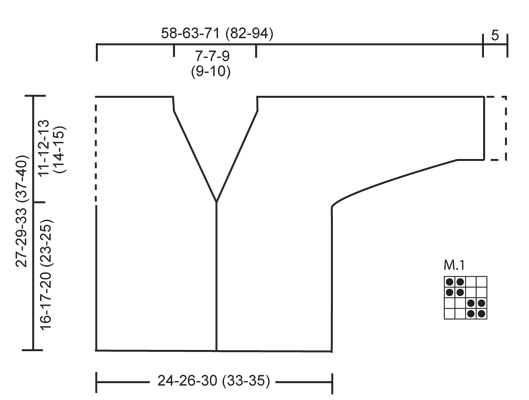 |
|||||||
Avete terminato questo modello?Allora taggate le vostre foto con #dropspattern #checcosdreamcardigan o inviatele alla #dropsfan gallery. Avete bisogno di aiuto con questo modello?Troverete 15 video tutorial, una sezione per i commenti/domande e molto altro guardando il modello su www.garnstudio.com © 1982-2025 DROPS Design A/S. Ci riserviamo tutti i diritti. Questo documento, compreso tutte le sue sotto-sezioni, è protetto dalle leggi sul copyright. Potete leggere quello che potete fare con i nostri modelli alla fine di ogni modello sul nostro sito. |
|||||||

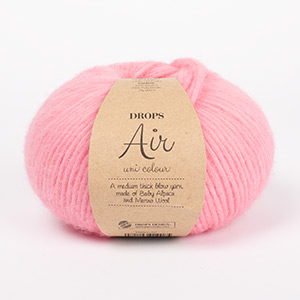






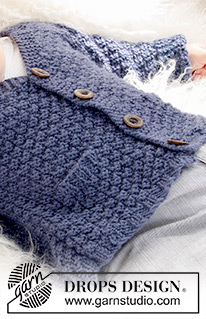
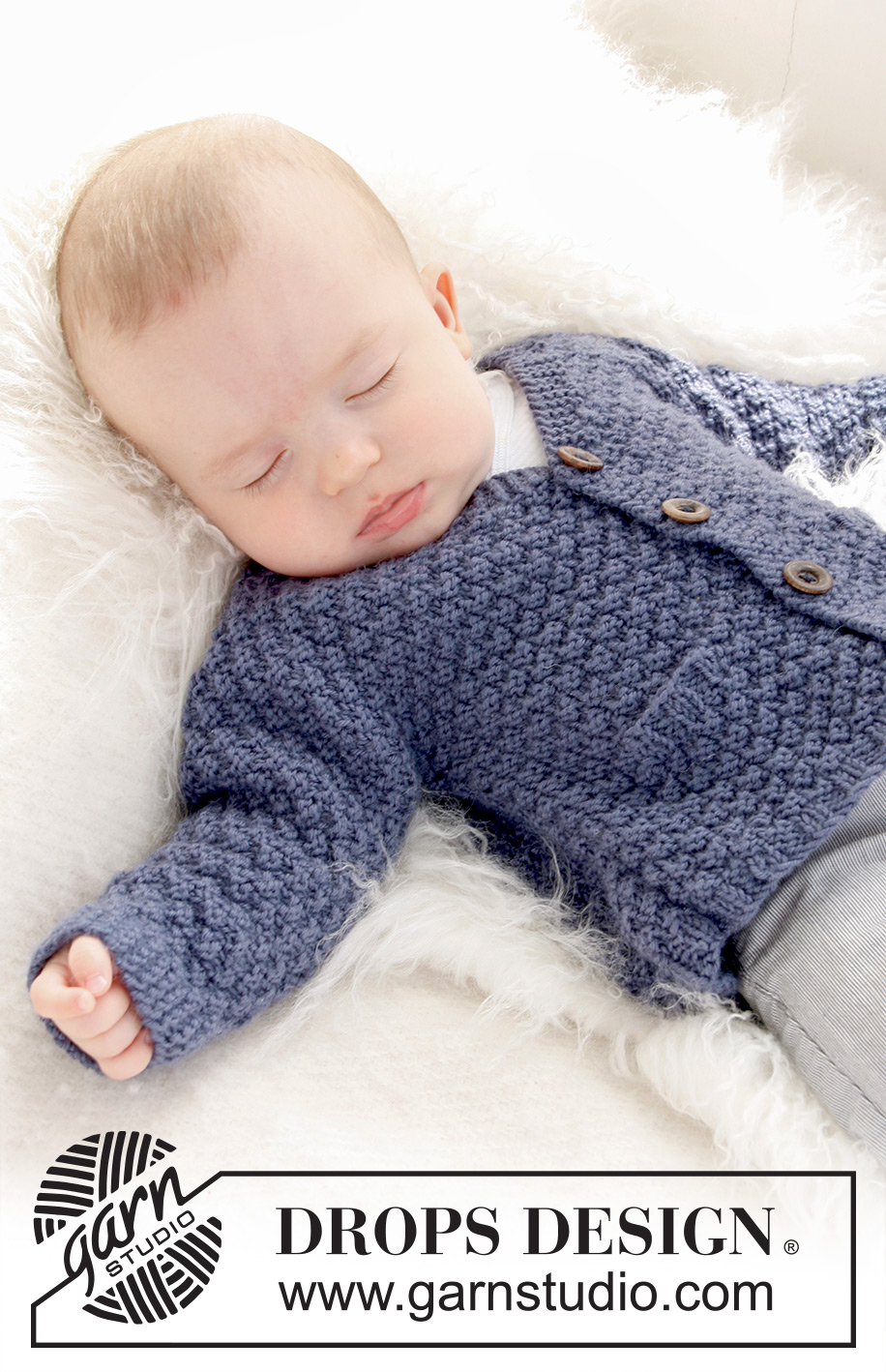
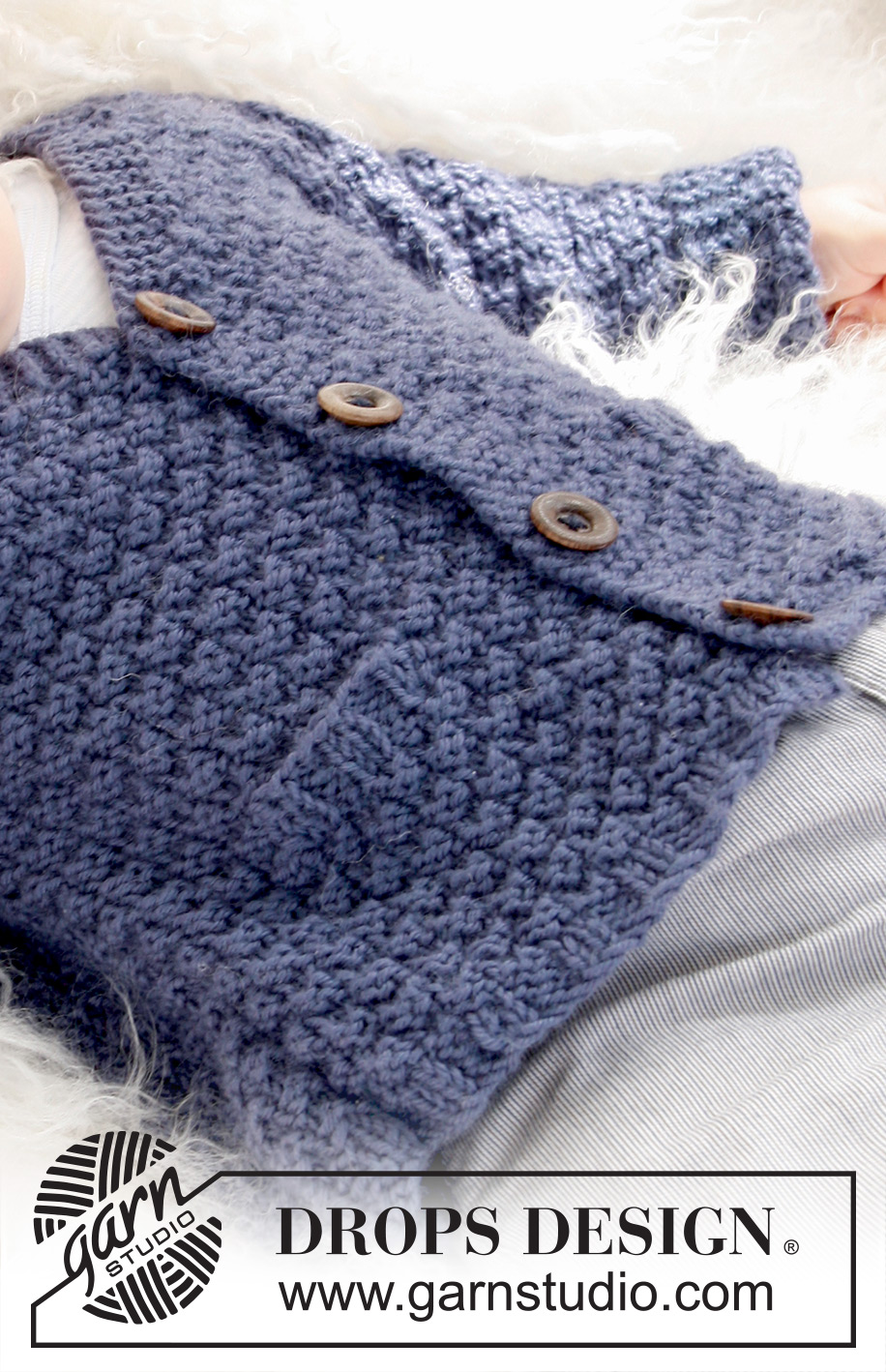

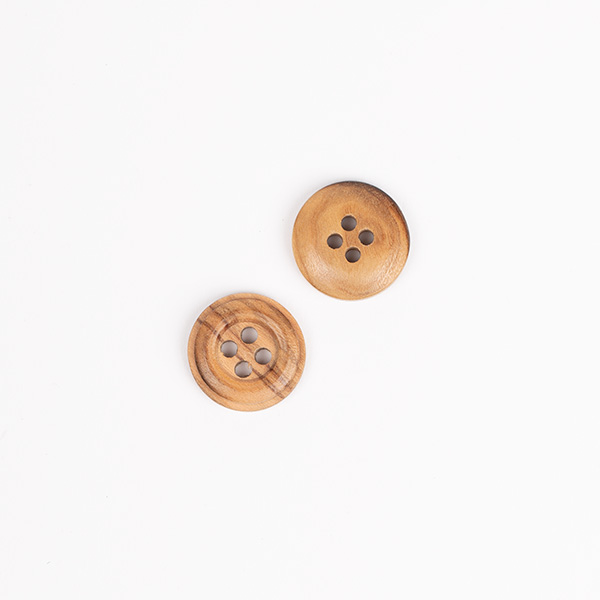
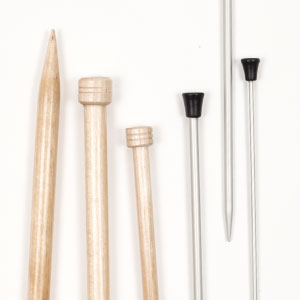
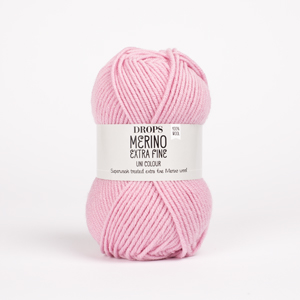
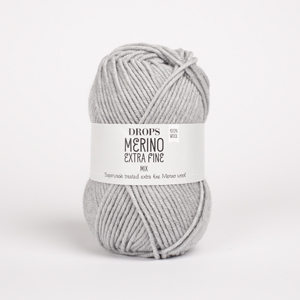

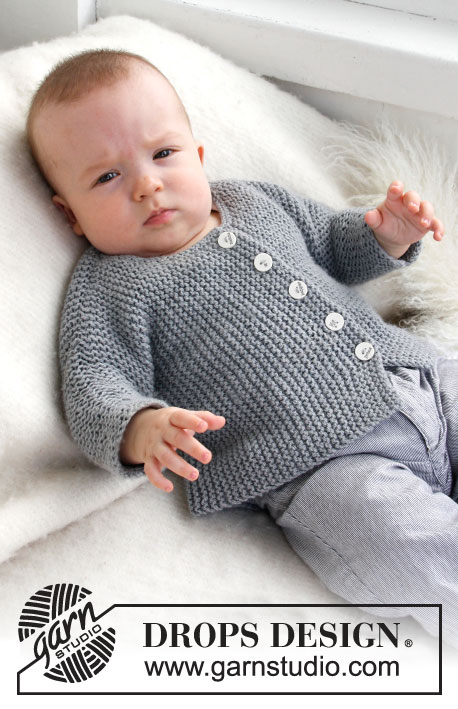
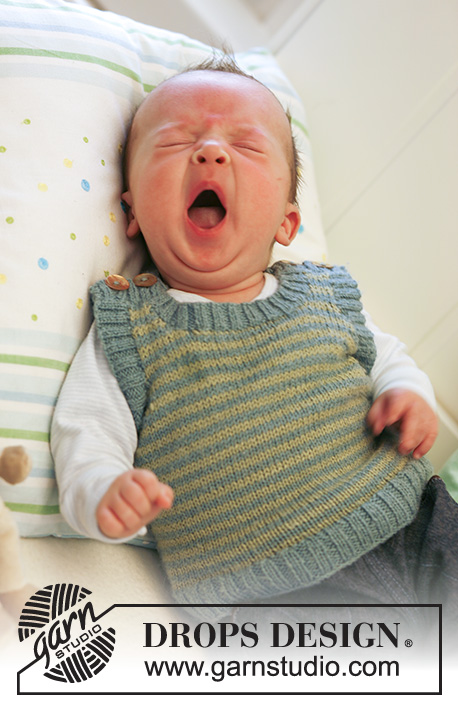


















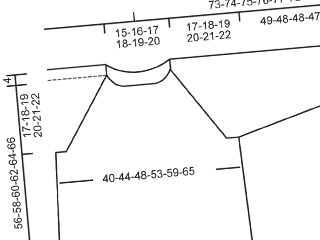
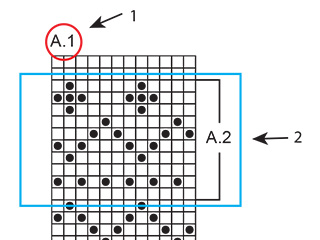
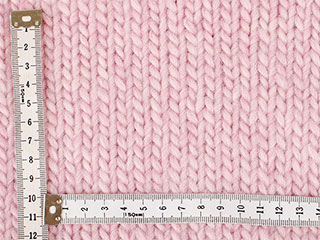
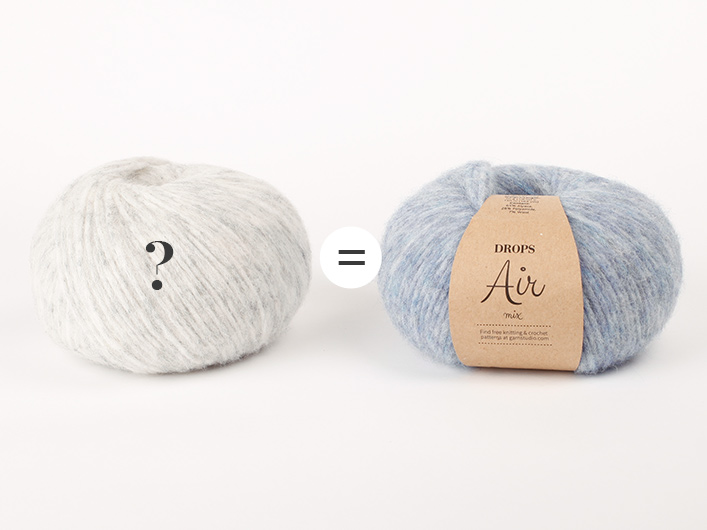
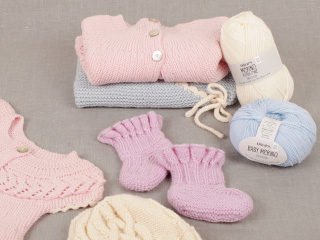
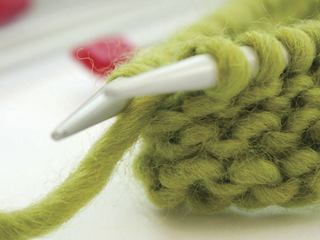
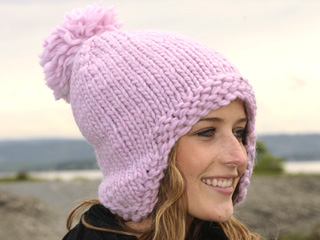
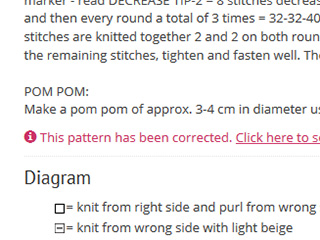

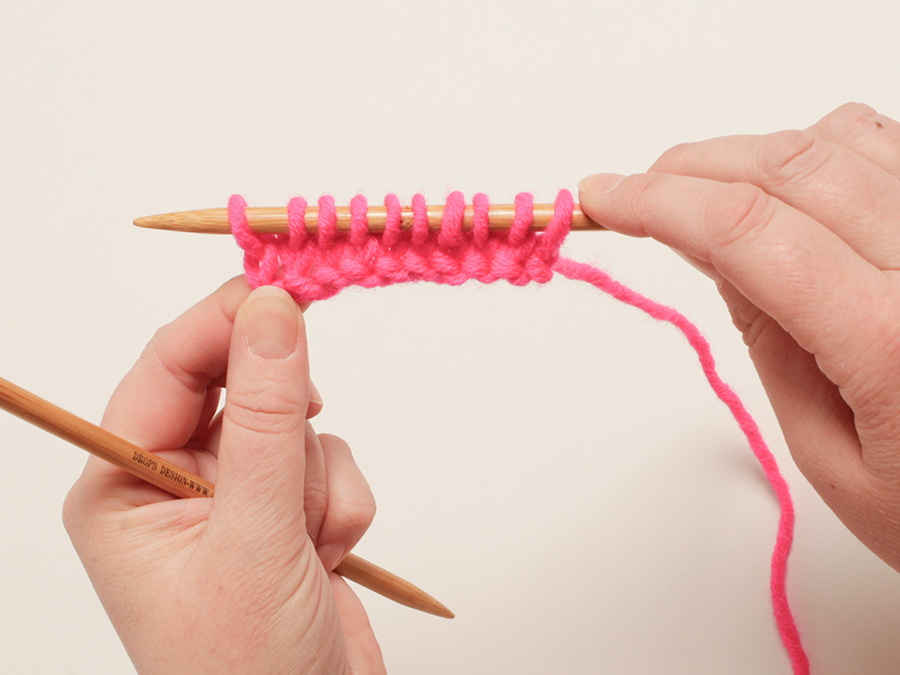
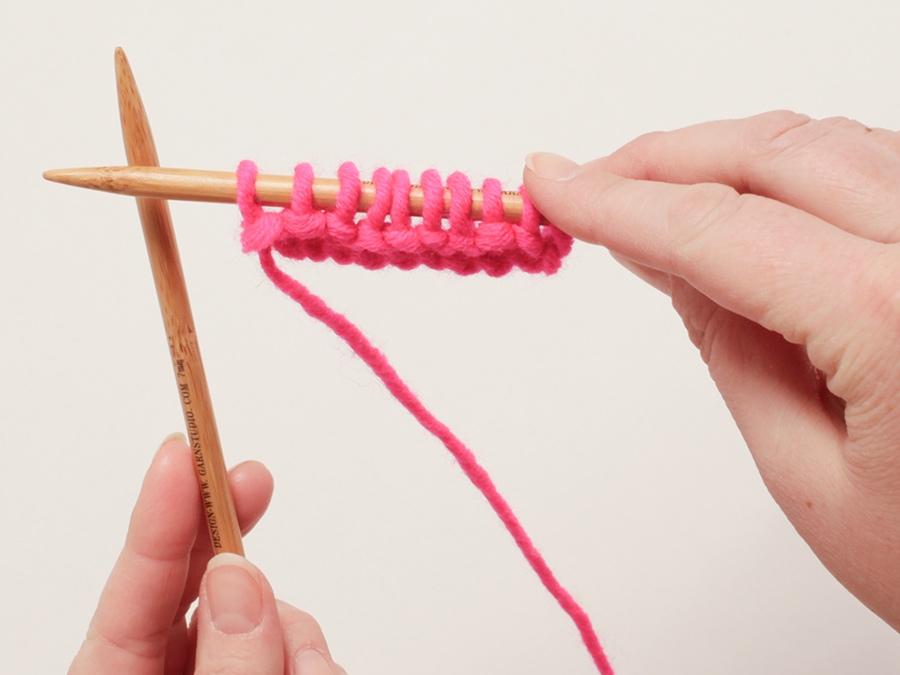
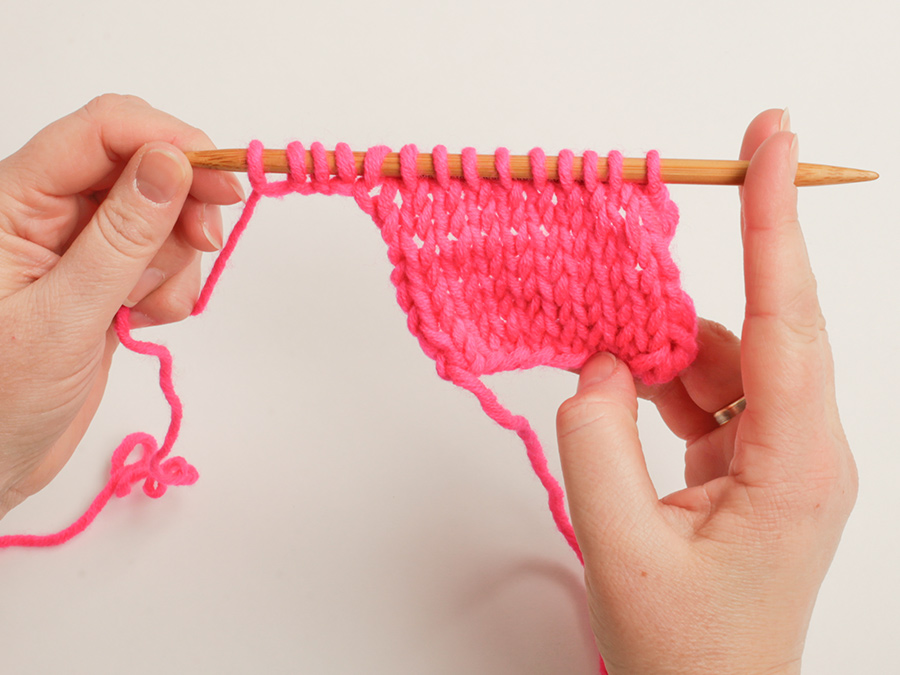
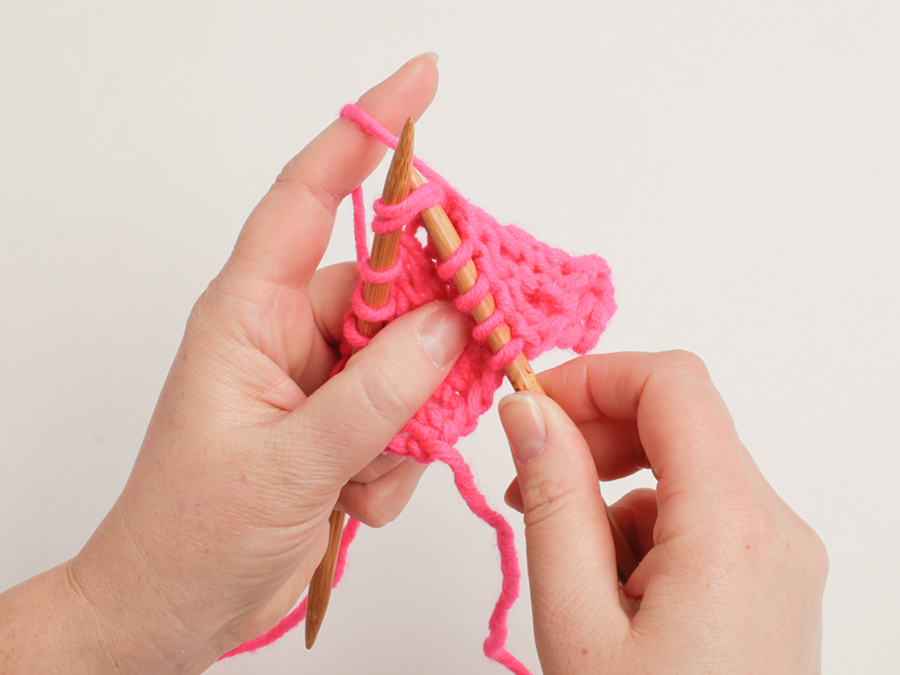
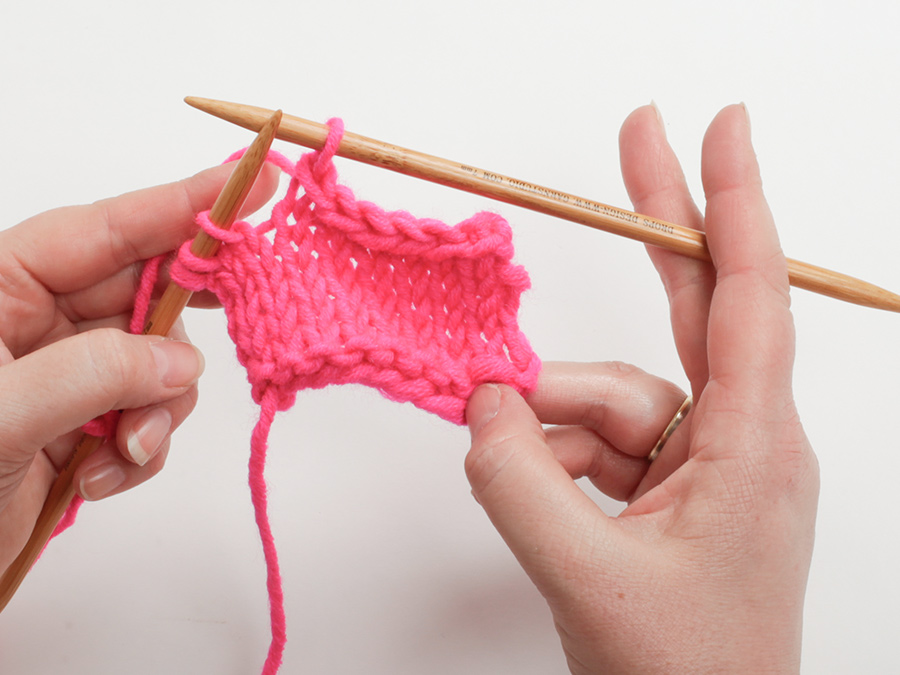
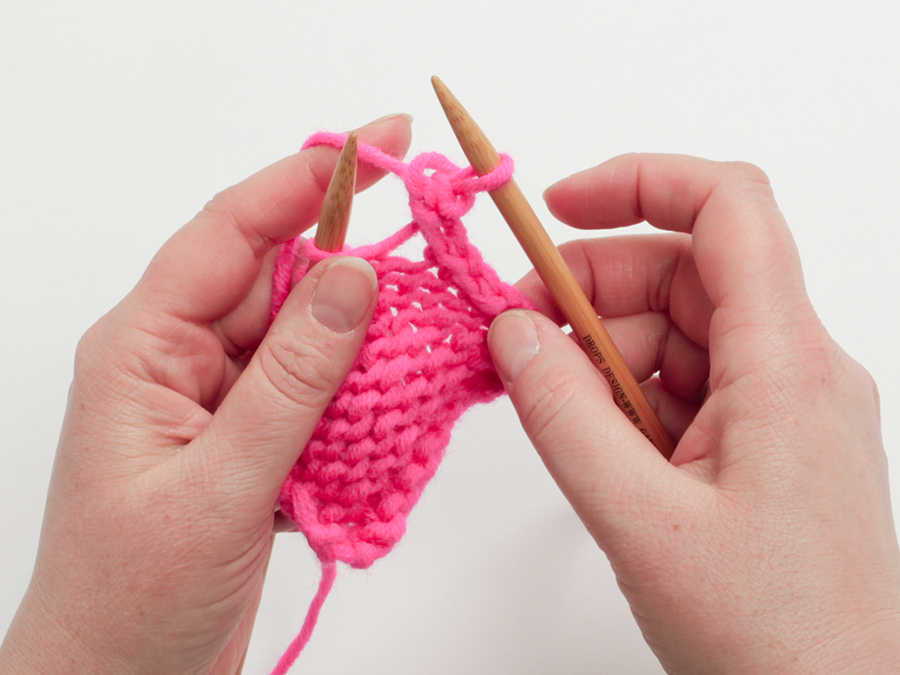
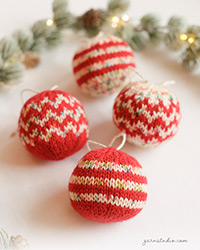
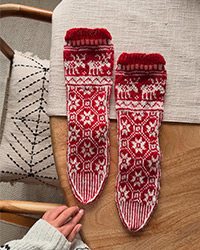

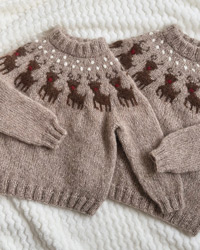
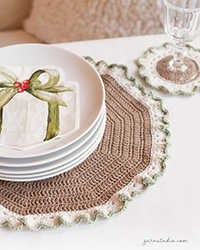
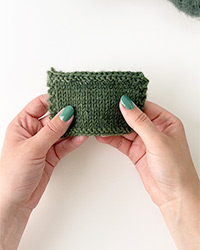
Lasciare un commento sul modello DROPS Baby 21-11
Noi saremmo felici di ricevere i tuoi commenti e opinioni su questo modello!
Se vuoi fare una domanda, fai per favore attenzione a selezionare la categoria corretta nella casella qui sotto per velocizzare il processo di risposta. I campi richiesti sono indicati da *.